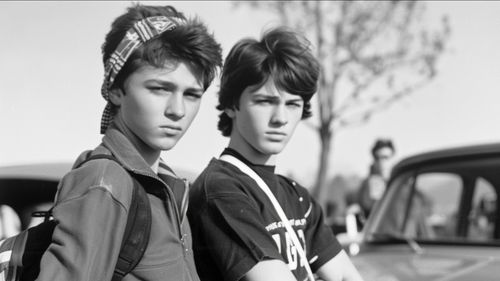Tinker vs. Des Moines (Summary): How One Small Gesture Redefined Free Speech
Jun 26, 2024 · 2 mins read
0
Share

Ever heard of the Tinker vs Des Moines case? It's a landmark Supreme Court ruling that redefined the First Amendment rights of students, proving that even the quietest voices can echo loudly in the halls of justice.
Save
Share
The case began in 1965 when Mary Beth Tinker, her brother John, and their friend Christopher Eckhardt wore black armbands to school to protest the Vietnam War, sparking a debate that would reach the nation's highest court.
Save
Share
The school suspended the students, but the Tinkers argued this violated their freedom of speech. The case's journey to the Supreme Court was a David vs. Goliath battle for student rights.
Save
Share
In a 7-2 decision, the Court ruled in favor of the Tinkers, stating students do not "shed their constitutional rights to freedom of speech or expression at the schoolhouse gate."
Save
Share
Justice Abe Fortas, writing for the majority, delivered the famous line that would empower young voices for generations, ensuring that free speech doesn't stop at the classroom door.
Save
Share
The ruling highlighted that student expression could only be limited if it substantially disrupted the educational process, setting a precedent for what constitutes a 'disruption' in schools.
Save
Share
Tinker vs. Des Moines showed that student activism is an essential part of democratic engagement, encouraging young people to participate in the national conversation.
Save
Share
The case is a testament to the power of peaceful protest, demonstrating that nonviolent actions can lead to significant legal and societal changes.
Save
Share
It also underscored the importance of the judiciary as a guardian of constitutional rights, capable of checking overreaches by other institutions, including schools.
Save
Share
0